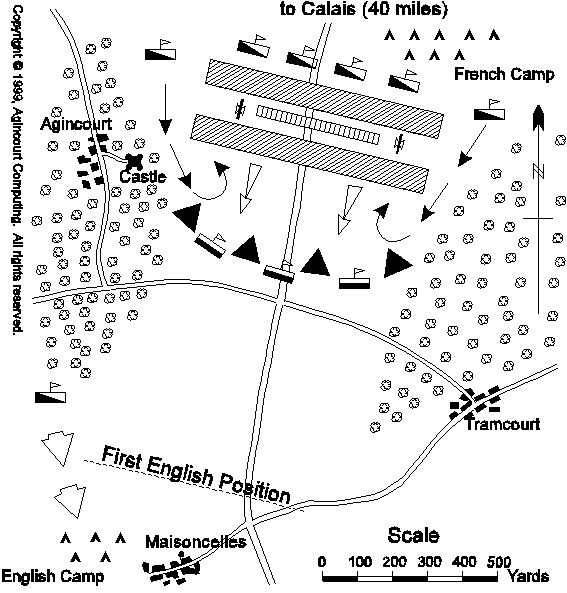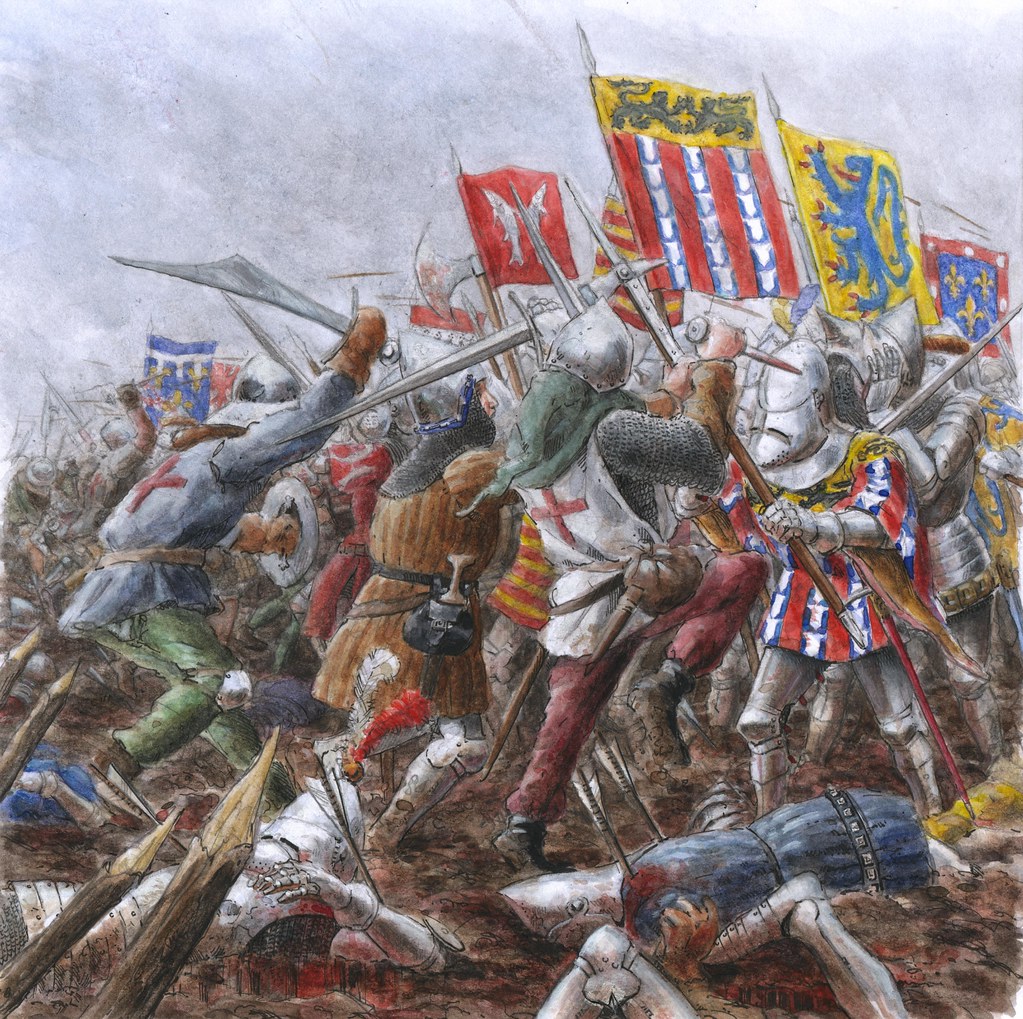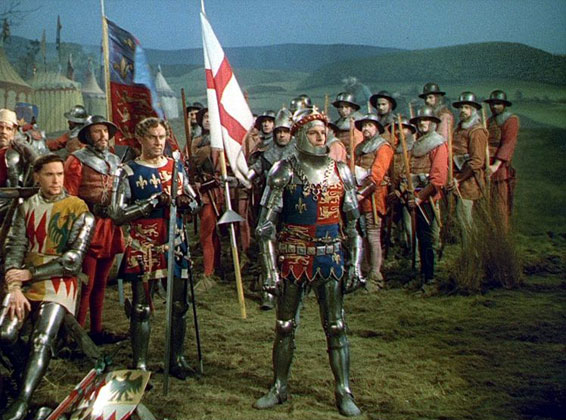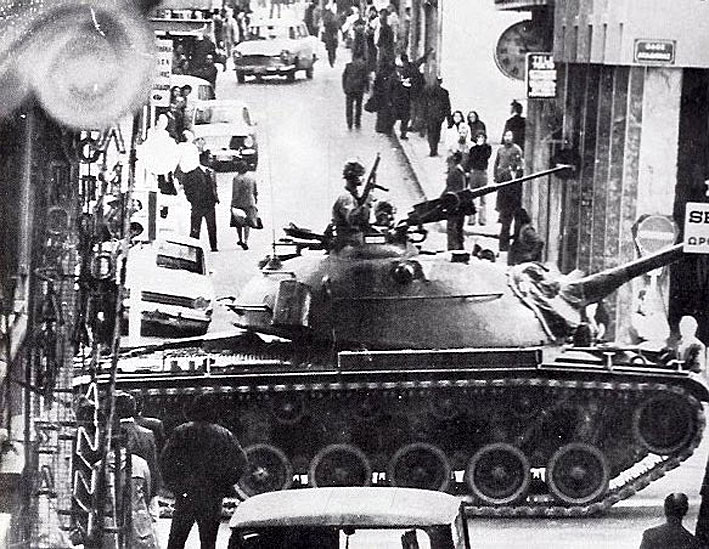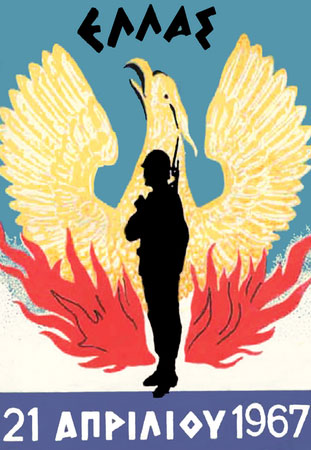Please note that the author has gifted a copy of Fava for a lucky winner. Just leave a comment at the bottom of the blog or on our Facebook page here.
The winner will be drawn 6th November
In today’s high-stress world, it is refreshing to come across a book that both keeps your attention and entertains you. As I read Fava by John Hazen, I was impressed by the fast-paced enthralling story that the author wove. From the first page the reader is drawn into the world of high-stakes journalism and connects with the main character, Francine Vega. In addition, the premise of the story is intriguing. We live in a world that is constantly threatened by extremist violence through terrorism. This novel offers a fresh look on the crisis confronting the world today. Vega, a beat reporter, is trying to find the big break that will propel her on to the national scene. Backed by a devoted boss and a protective cameraman, she comes across a seemingly innocuous story of a lottery winner. Determined to scoop the other reporters, she manages to ascertain who won the lottery and interview him before anyone else. What she learns seems unbelievable at first. As she digs deeper, she becomes concerned. However inconceivable she believes his story to be, she takes at it face-value and reports it to a government official. What transpires next will send her on a multi-continental quest to find the truth and save the world from radical extremists in three countries. While on the run, she is pursued by officials from several countries and has trouble deciding who to trust.
The author adroitly weaves the back-drop of Vega’s past into the storyline. We come to know the human behind the crusader through the story of Vega’s past. The strength of her character becomes evident and makes her more than a one-dimensional do-gooder. While he develops her backstory, the author also explores her flaws. Although I do not want to give the story away, the author shows how easy it is to get swept away by emotions.
The plot is tight, leaving the reader on the edge of his/her seat throughout the entire book. Through the novel, Vega depends not only on her wits, but also on the goodwill of others. This allows the author to explore both sides of human nature – the negative as well as the positive. The main characters are well-developed, making the reader care about their fates. As I read the novel, I was able to identify with the characters’ range of emotions. The level of government corruption is believable as well, given today’s headlines.
The author’s use of first person point-of-view allows readers to get inside the protagonist’s mind and understand why she makes the choices she does. With a third-person perspective some of the immediacy would have been lost. His descriptive voice adds colour to the narrative. For example, when Francine meets a source for her story, readers are given a vivid description of the man:
‘An overweight fifty-plus year old bureaucrat with a graying comb-over looked up from his computer screen. Mr. Epstein straightened up in his chair, sucked in his gut, tucked in his shirttail, smoothed back his unkempt hair and took off his wire framed glasses.’
Not only does this description allow a reader to immediately picture the man (he sounds like someone I’ve met before), but it also shows how beautiful Francine is without the author having to tell us. Readers of Fava are in for a suspense-laden, roller-coaster thrill ride. The novel offers a fascinating and intriguing look at the complex political arena. If you enjoy suspense thrillers, this book may be for you
‘An overweight fifty-plus year old bureaucrat with a graying comb-over looked up from his computer screen. Mr. Epstein straightened up in his chair, sucked in his gut, tucked in his shirttail, smoothed back his unkempt hair and took off his wire framed glasses.’
Not only does this description allow a reader to immediately picture the man (he sounds like someone I’ve met before), but it also shows how beautiful Francine is without the author having to tell us. Readers of Fava are in for a suspense-laden, roller-coaster thrill ride. The novel offers a fascinating and intriguing look at the complex political arena. If you enjoy suspense thrillers, this book may be for you
About the Author
John Hazen
Fava can be purchased from Amazon.uk and Amazon.com
John began writing novels relatively late in life, but once he started he hasn’t looked back. Inspired by Lynn, his wife of over thirty years, he pursued the dream of becoming an author and is now working on his fifth book. Degrees from Rutgers, The New School and NYU— and a lifelong passion for learning and a love of history—influence him as a writer.
John can be found on Twitter
and you can read more about him at his Website
Kristie Dean is the author of several books. Her latest book, published by Amberley Publishing, is The World of Richard III. This nonfiction book leads readers on a journey through the landscape of Richard's time. Following Richard's trail, the reader will visit the castles, cathedrals, manor homes and chapels associated with Richard, examining both Richard’s history with the location as well as the location’s history. She is currently working on her next project for Amberley, The World of the Yorks, due out in 2016. Kristie can be found on Amazon Facebook Twitter and on her Website.










